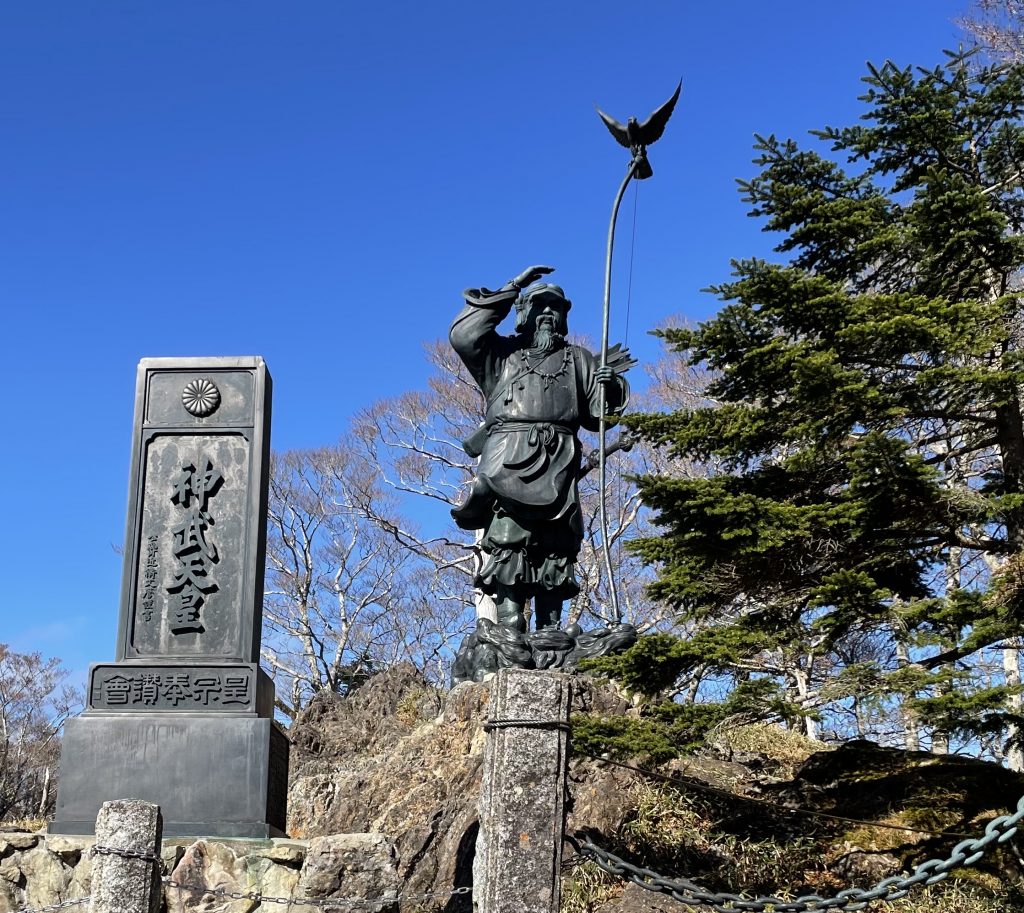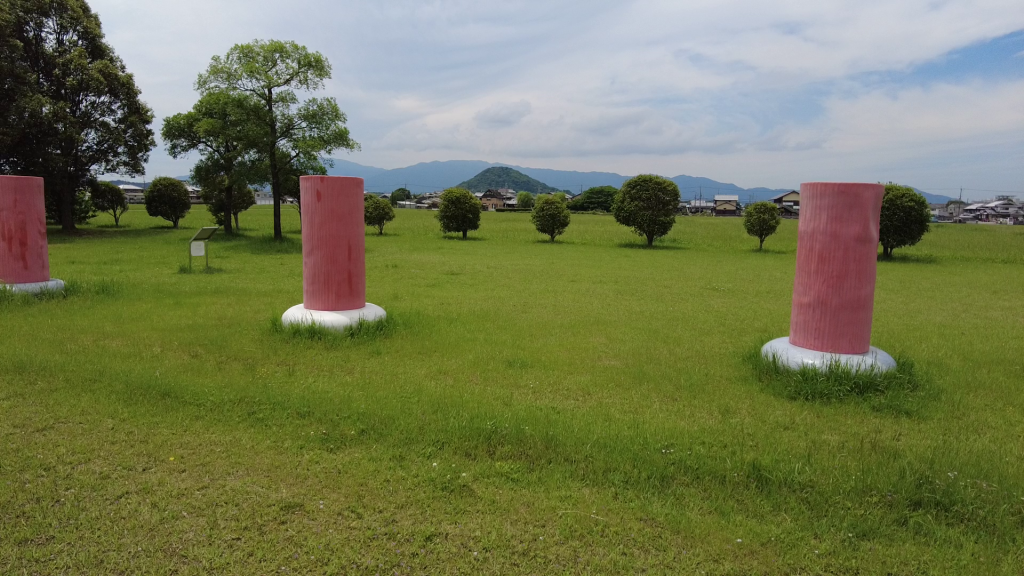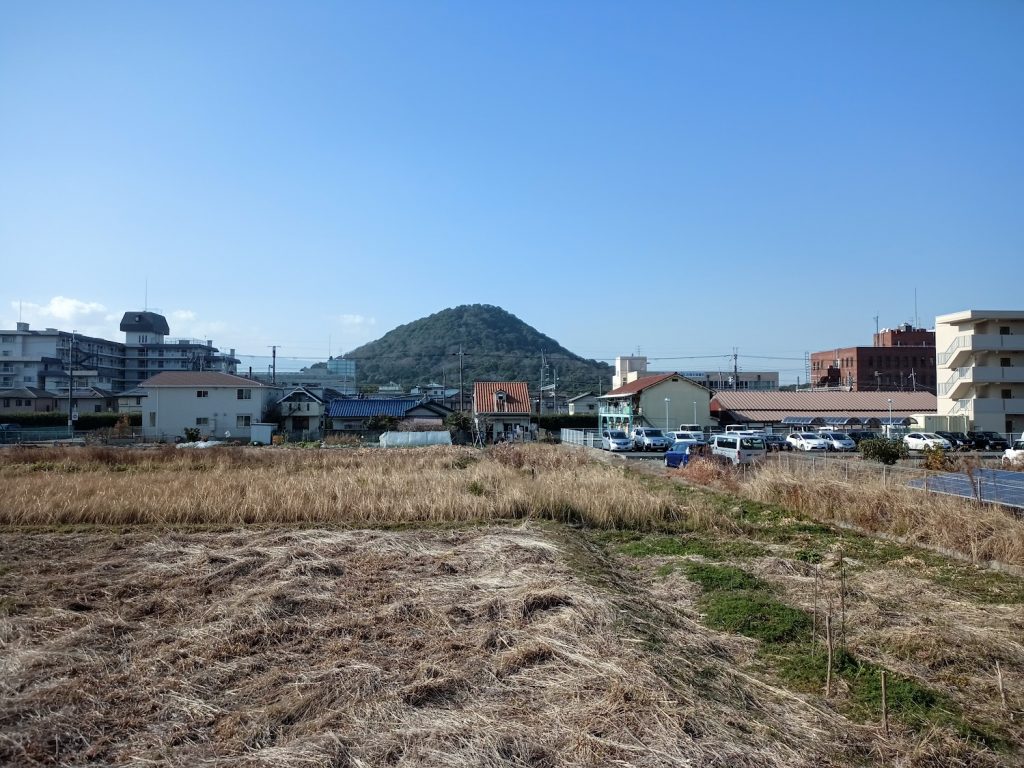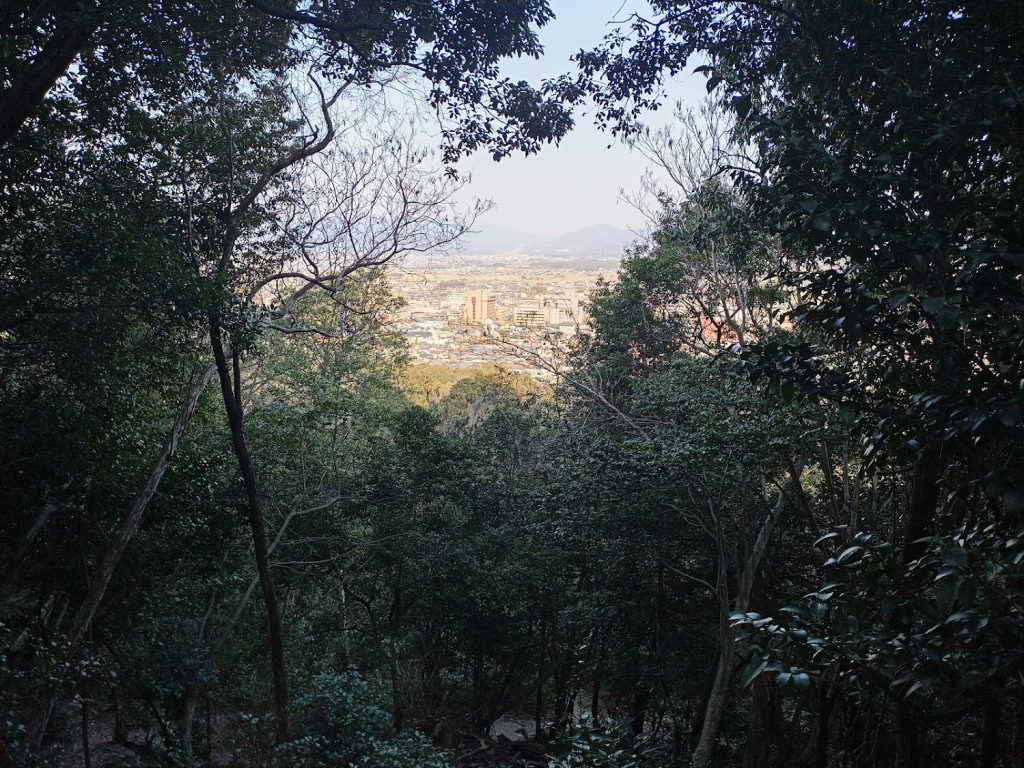Explore Kashihara City’s Very Own Imperial Shrine
2023/08/25
Welcoming millions of visitors on average every year, the Meiji Shrine of Tokyo is widely known as one of the most popular sightseeing spots in country. It has connections to the Imperial Family of Japan and is located in the country’s most populous city. It features impressive architecture and a beautiful sprawling private forest that stands in fascinating contrast to the surrounding busy metropolitan area. But lesser known is the fact that the Meiji Shrine is not the only Shinto shrine in Japan with such distinct architectural style and design. In fact, the city of Kashihara in Nara Prefecture has its own shrine built with a similar design philosophy, as it was born from the imagination of Mr. Ito Chuta, the same famed architect who designed the world-renowned shrine in Tokyo and the Heian Shrine of Kyoto, among other impressive projects.
Known as the Kashihara-jingu Shrine, this beautiful sacred spot in central Nara actually predates the Meiji Shrine by around 30 years, and has its own vast forest and scenic open spaces punctuated by towering torii gates and elegant structures representative of a particular architecture style. But unlike the later-constructed shrine in Tokyo, Kashihara-jingu also contains a mountain to hike and a beautiful lake on its grounds as well. Interested to hear more? Then please read on below.
Although a relatively recently constructed shrine (opened in the year 1890), the Kashihara-jingu enshrines the founder of Japan’s Imperial Family, the mythical Emperor Jinmu. According to legend, Emperor Jimmu conquered the area of modern day Kashihara City around 2,600 years ago, after a long journey through the mountainous south of the Kii Peninsula, the reputed sacred land of the gods. After successfully taking over and founding the country that would become Japan, he was said to have built his royal palace nearby the base of Mt. Unebi, where the Kashihara-jingu Shrine now stands today.

A statue of Emperor Jimmu located on top of Mt. Odaigahara in the south of Nara.
Seeking to reaffirm the importance of the Emperor’s position and and the importance of the Imperial Line, the government of Emperor Meiji (1852 – 1912) pursued various projects around the country to this end, including the building of new Shinto shrines. It is recorded that local people petitioned to have a shrine built in honor of the first Emperor in the Kashihara area, which moved Emperor Meiji so much that he personally threw his support behind the project. Roughly 130 years later, both locals and visitors from all around the world can still enjoy the efforts that went into designing the shrine, with its balance of vast open spaces, greenery and beautiful views over Mt. Unebi, it is a popular spot for both sightseeing and outdoor recreation.

Mt. Unebi stands in the distance between the recreated model pillars of the Fujiwara-kyo Capital Palace in Kashihara City.
The front approach to the Shrine is within easy walking distance of Kashiharajingu-mae Station, and the approach is lined with many small shops that cater to visitors of the shrine. The entrance is impossible to miss as it is marked by a giant torii gate, which leads to a path that goes directly to the entrance of the central shrine complex. Walking this path, running parallel to the forest, you will get to experience the impressive and beautiful atmosphere that the designers surely intended. Popular activities to do inside the shrine include praying, purchasing protective omamori charms, and taking photos with the impressively large ema placard dedicated to the zodiac animal of the current year.
Just across and to the south of the main entrance is Fukada Pond, a popular spot for activities such as walking and bird watching. When visiting, you will no doubt see people feeding the many ducks that congregate here, or the various other types of birds that can be found nesting in the trees surrounding the lake.

The city of Kashihara.

A view from the peak of Mt. Unebi, a short but fun hike from the grounds of the Kashihara-jingu Shrine.
To the northwest (accessible by the North Gate from the main shrine complex) are the trails that lead up to Mt. Unebi. While not a very tall mountain (standing at about 199 meters in height), Mt. Unebi is highly unusual for the fact it stands solo amongst a relatively flat surrounding landscape; it was once a volcano in the very distant past. It is also the tallest of the Three Mountains of Yamato—part of a historical landscape that is deeply tied to the origins of Japan and the ancient capital of Fujiwara-kyo.
The hike to the top of Mt. Unebi is definitely recommended to those looking to escape from the city and enjoy a little bit of invigorating exercise.
There are many other good reasons to make the journey out to southern Nara besides the Kashihara-jingu Shrine. Recommended places to visit (just to name a few) include the nearby Edo period merchant town of Imai-cho, the Fujiwara-kyo Palace Ruins site, Asuka Village; the first capital of Japan, Ofusa Kannon-dera Temple, and Mt. Miwa, the reputed oldest Shinto shrine in the country. If you are looking for an easy and fun way to visit all of the sites, renting a bicycle for a day from Kashihara Navi Plaza (located next to Yamato-Yagi Station) is great way to do it.
The Kashihara-jingu Shrine is located in Kashihara City, Nara Prefecture. By train, it is about 15 minutes on foot from Kashiharajingu-mae Station, which can be directly accessed from Osaka-Abenobashi Station in Osaka or Kyoto Station in Kyoto.
The cost to enter the shrine is free, but if you want to go to the Treasure House, you will need to pay a fee of 300 yen per adult as of the time of this writing.

01
FIND YOUR FAVORITE
TRIP ON OUR WEBSITE.
SEND US AN INQUIRY.

02
PERSONALIZE THE TRIP
TO YOUR INTERESTS
WITH OUR CONSULTANT.

03
20% DEPOSIT TO CONFIRM.
BALANCE PRIOR TO ARRIVAL.
PAYMENT BY CC OR TT.

04
WE WILL
MEET YOU
AT THE AIRPORT.

05
DISCOVER THE
TREASURES!